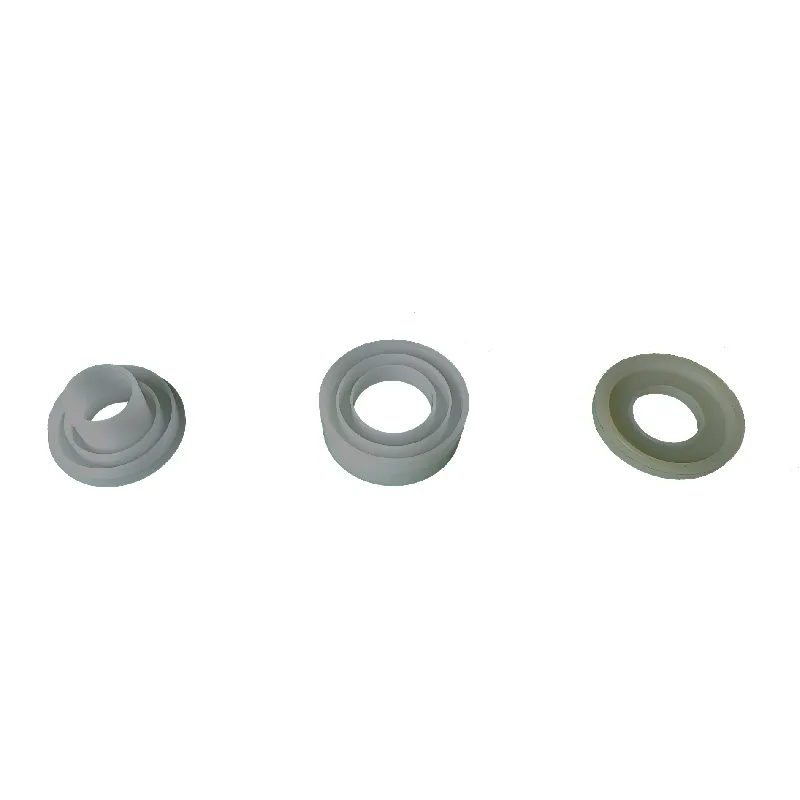 Afrikaans
Afrikaans  Albanian
Albanian  Amharic
Amharic  Arabic
Arabic  Armenian
Armenian  Azerbaijani
Azerbaijani  Basque
Basque  Belarusian
Belarusian  Bengali
Bengali  Bosnian
Bosnian  Bulgarian
Bulgarian  Catalan
Catalan  Cebuano
Cebuano  Corsican
Corsican  Croatian
Croatian  Czech
Czech  Danish
Danish  Dutch
Dutch  English
English  Esperanto
Esperanto  Estonian
Estonian  Finnish
Finnish  French
French  Frisian
Frisian  Galician
Galician  Georgian
Georgian  German
German  Greek
Greek  Gujarati
Gujarati  Haitian Creole
Haitian Creole  hausa
hausa  hawaiian
hawaiian  Hebrew
Hebrew  Hindi
Hindi  Miao
Miao  Hungarian
Hungarian  Icelandic
Icelandic  igbo
igbo  Indonesian
Indonesian  irish
irish  Italian
Italian  Japanese
Japanese  Javanese
Javanese  Kannada
Kannada  kazakh
kazakh  Khmer
Khmer  Rwandese
Rwandese  Korean
Korean  Kurdish
Kurdish  Kyrgyz
Kyrgyz  Lao
Lao  Latin
Latin  Latvian
Latvian  Lithuanian
Lithuanian  Luxembourgish
Luxembourgish  Macedonian
Macedonian  Malgashi
Malgashi  Malay
Malay  Malayalam
Malayalam  Maltese
Maltese  Maori
Maori  Marathi
Marathi  Mongolian
Mongolian  Myanmar
Myanmar  Nepali
Nepali  Norwegian
Norwegian  Norwegian
Norwegian  Occitan
Occitan  Pashto
Pashto  Persian
Persian  Polish
Polish  Portuguese
Portuguese  Punjabi
Punjabi  Romanian
Romanian  Russian
Russian  Samoan
Samoan  Scottish Gaelic
Scottish Gaelic  Serbian
Serbian  Sesotho
Sesotho  Shona
Shona  Sindhi
Sindhi  Sinhala
Sinhala  Slovak
Slovak  Slovenian
Slovenian  Somali
Somali  Spanish
Spanish  Sundanese
Sundanese  Swahili
Swahili  Swedish
Swedish  Tagalog
Tagalog  Tajik
Tajik  Tamil
Tamil  Tatar
Tatar  Telugu
Telugu  Thai
Thai  Turkish
Turkish  Turkmen
Turkmen  Ukrainian
Ukrainian  Urdu
Urdu  Uighur
Uighur  Uzbek
Uzbek  Vietnamese
Vietnamese  Welsh
Welsh  Bantu
Bantu  Yiddish
Yiddish  Yoruba
Yoruba  Zulu
Zulu Head and Tail Pulleys in Conveyor Systems Explained
Conveyor Head and Tail Pulley Essential Components in Material Handling Systems
Conveyors play a crucial role in modern industries, simplifying the movement of materials across various distances and terrains. Among the various components that make up a conveyor system, the head and tail pulleys are particularly significant. These pulleys not only facilitate the movement of the conveyor belt but also contribute to the overall efficiency and effectiveness of the material handling process.
Understanding Head and Tail Pulleys
A conveyor system consists of a continuous belt that moves over a series of pulleys. The head pulley, located at the discharge end of the conveyor, is the primary drive pulley. It is generally powered by an electric motor that drives the belt forward, enabling the movement of materials from one point to another. The head pulley is vital for maintaining the tension necessary for optimal belt operation and preventing slippage.
In contrast, the tail pulley is situated at the opposite end of the conveyor system. Its primary role is to support the return side of the belt as it comes back to the head pulley. The tail pulley helps to maintain the proper alignment of the conveyor system while ensuring that the belt remains taut and operational throughout its cycle. Both pulleys are integral to the conveyor's functioning, each serving its own unique purpose.
Designing Head and Tail Pulleys
The design and construction of head and tail pulleys are critical factors in the performance of a conveyor system. These pulleys must be robust enough to withstand various environmental conditions and the heavy loads they typically bear. They are often made from durable materials, such as carbon steel or stainless steel, to ensure longevity and resistance to wear and tear.
The size and diameter of the pulleys are also important, as they influence the conveyor system’s overall efficiency. A larger diameter head pulley, for example, can produce a smoother and more consistent drive for the conveyor belt, while the tail pulley ensures that the return journey of the belt is as frictionless as possible. Additionally, incorporating features such as lagging on head pulleys can improve traction and enhance the grip between the belt and the pulley.
conveyor head and tail pulley

Maintenance Considerations
Like any mechanical component, head and tail pulleys require regular maintenance to ensure maximum efficiency and longevity. Regular inspections are crucial to identify any signs of wear, misalignment, or damage. Maintaining proper belt tension is essential, as insufficient tension can lead to slippage and decreased performance. Similarly, ensuring that the pulleys are correctly aligned minimizes the risk of premature wear on both the belt and the pulleys.
Lubrication is another critical aspect of maintenance. Bearings within the pulleys should be regularly lubricated to minimize friction and prevent overheating. Accumulation of dirt and debris around the pulleys can also lead to operational issues, making it necessary to keep these areas clean.
Innovations and Future Trends
As technology progresses, the design and functionality of head and tail pulleys continue to evolve. Innovations such as the use of advanced materials and precision engineering techniques lead to more efficient and cost-effective solutions. Additionally, manufacturers are increasingly integrating smart technology into conveyor systems, allowing for better monitoring of performance, predictive maintenance capabilities, and enhanced operational efficiencies.
Another trend is the increased emphasis on sustainability. Manufacturers are exploring ways to reduce energy consumption associated with the operation of head and tail pulleys. This includes optimizing energy use through variable speed drives for motors and improving the overall design to minimize energy loss.
Conclusion
Head and tail pulleys are indispensable components of conveyor systems that ensure efficient material handling across different industries. Their design, maintenance, and technological advancements play a significant role in enhancing operational efficiency and reducing costs. As industries evolve, the importance of these components will only grow, driving further innovations that will shape the future of material handling systems. Understanding the pivotal roles played by head and tail pulleys can assist businesses in maximizing their productivity and ensuring the smooth operation of their conveyor systems.
-
Revolutionizing Conveyor Reliability with Advanced Rubber Lagging PulleysNewsJul.22,2025
-
Powering Precision and Durability with Expert Manufacturers of Conveyor ComponentsNewsJul.22,2025
-
Optimizing Conveyor Systems with Advanced Conveyor AccessoriesNewsJul.22,2025
-
Maximize Conveyor Efficiency with Quality Conveyor Idler PulleysNewsJul.22,2025
-
Future-Proof Your Conveyor System with High-Performance Polyurethane RollerNewsJul.22,2025
-
Driving Efficiency Forward with Quality Idlers and RollersNewsJul.22,2025





























